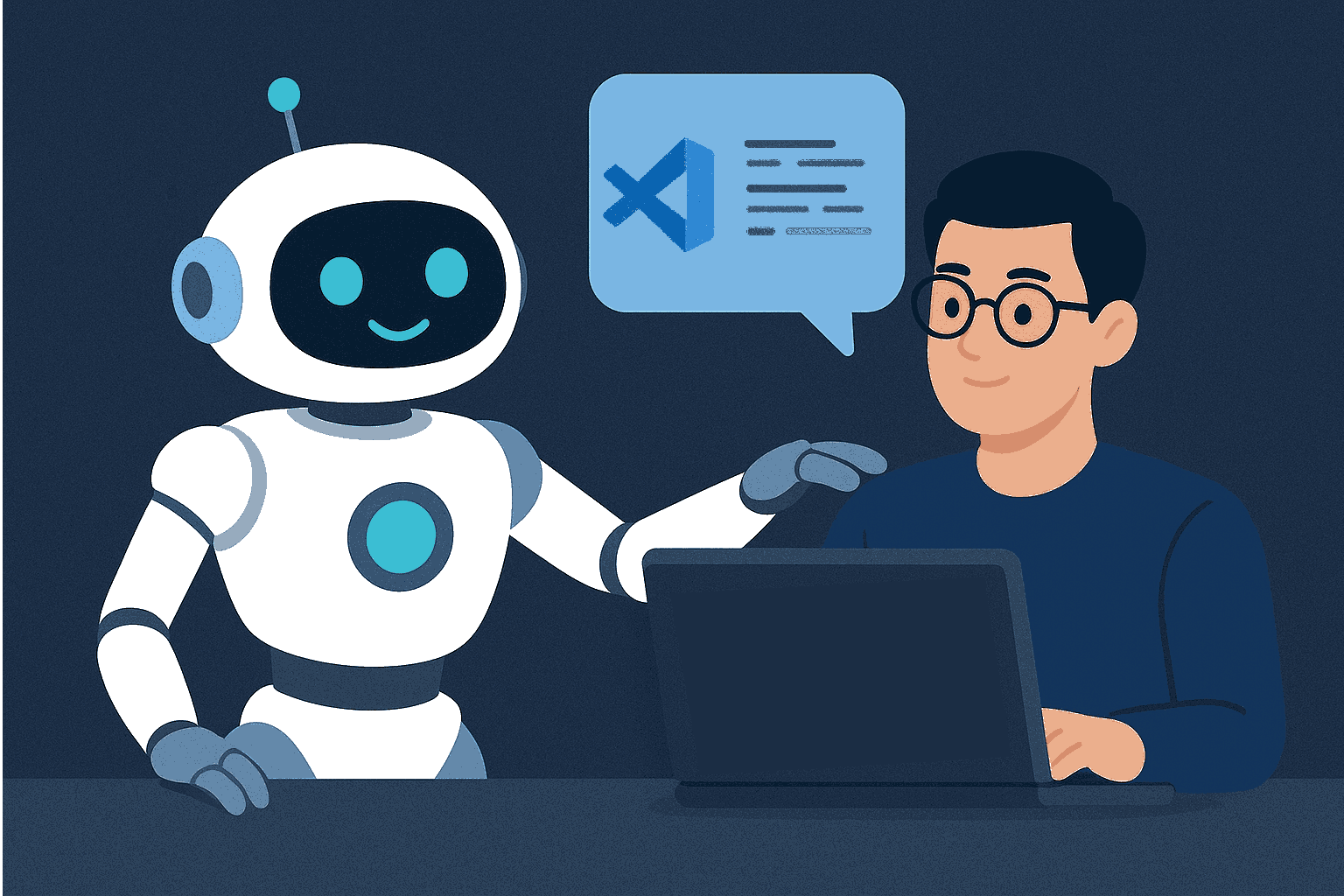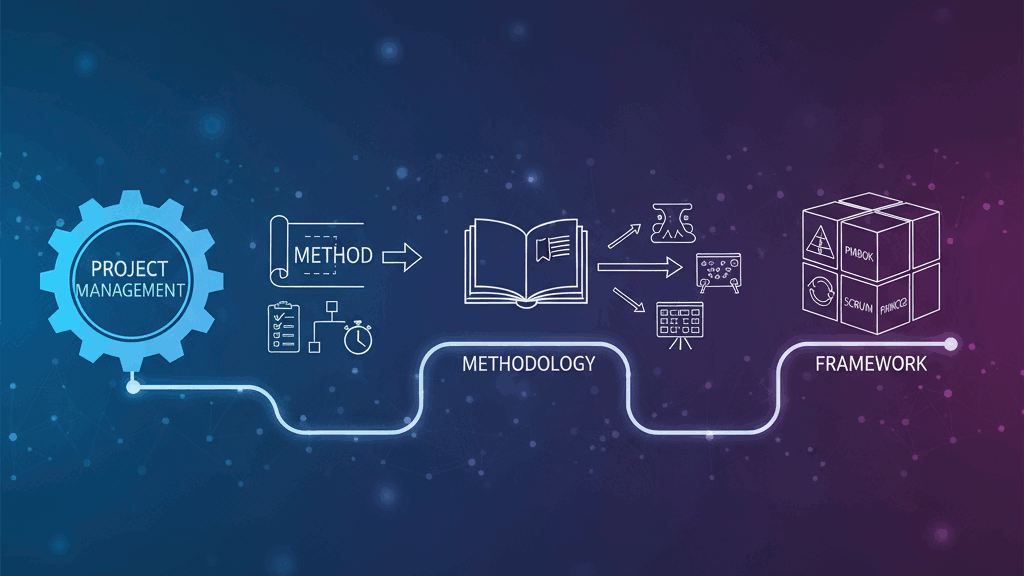Setting Up Open-WebUI with MCP and PyTorch on Linux
Open-WebUI is a powerful, open-source web-based interface for managing and interacting with local AI models. When combined with the Multi-Context Protocol (MCP), it enables seamless integration with various AI backends, including LLMs and multimodal models. This guide walks through the step-by-step setup of Open-WebUI on a Linux system using Python 3.11, PyTorch, and the MCP framework.
Prerequisites
- A Linux machine (e.g., CentOS 7/8, RHEL 8, or Ubuntu 20.04+). I’m using Fedora 42.
- Internet access
- Administrative privileges to install software via
sudo
Step 1: Install Python 3.11
Begin by installing Python 3.11, which is required for compatibility with newer versions of PyTorch and Open-WebUI.
sudo yum install python3.11
📝 Explanation of parameters:
sudo: Executes the command with superuser privileges, required for installing system packages.yum: The package manager for RPM-based Linux distributions like Fedora.install: The subcommand to install a specified package.python3.11: The name of the package to install, specifically Python version 3.11.This command installs Python 3.11 using the YUM package manager because by default Fedora 42 comes with Python 3.13, but we need 3.11 for compatibility.
Step 2: Create a Virtual Environment
To isolate dependencies and avoid conflicts with system-wide Python packages, create a virtual environment.
python3.11 -m venv .venv
📝 Explanation of parameters:
python3.11: Specifies the Python interpreter version to use for creating the virtual environment.-m venv: Runs thevenvmodule to create a virtual environment..venv: The name/directory for the virtual environment (using a dot prefix to keep it hidden).
Activate the environment:
source ./.venv/bin/activate
📝 Explanation of parameters:
source: Executes the script in the current shell environment, allowing the virtual environment to modify shell variables../.venv/bin/activate: Path to the activation script that sets up the virtual environment’s Python and pip paths.💡 The activated environment ensures that all packages are installed within the isolated scope of the project.
Step 3: Install PyTorch (CPU Version)
Install PyTorch for CPU-based inference. This is ideal for systems without GPUs or for lightweight local development.
pip install torch --index-url https://download.pytorch.org/whl/cpu
📝 Explanation of parameters:
pip: The Python package installer.install: Command to install a package.torch: The name of the PyTorch package.--index-url https://download.pytorch.org/whl/cpu: Specifies a custom package index URL pointing to PyTorch’s CPU-optimized wheels repository.🔍 This command installs the latest stable version of PyTorch optimized for CPU, ensuring compatibility with Open-WebUI and MCP.
Step 4: Upgrade Open-WebUI
Ensure that Open-WebUI is updated to the latest version for optimal performance and security.
pip install --upgrade open-webui
📝 Explanation of parameters:
pip install: Installs or upgrades a Python package.--upgrade: Forces the installation of the latest version, even if the package is already installed.open-webui: The name of the package to install or upgrade.🔄 This command upgrades Open-WebUI to the most recent stable release, including bug fixes and new features.
Step 5: Install MCP (Multi-Context Protocol)
Install the mcp0 package, which enables Open-WebUI to communicate with AI models via the MCP protocol.
pip install mcpo
📝 Explanation of parameters:
pip install: Installs a Python package.mcpo: The name of the MCP (Multi-Context Protocol) package to install.⚙️
mcpoprovides the core MCP runtime for connecting Open-WebUI to local or remote AI models, including context-aware reasoning and prompt management.
Step 6: Launch the MCP Server
Start the MCP server using the mcp0 command. This server listens for incoming requests from Open-WebUI and manages model interactions.
mcp0 --port 8501 --bunx -y @upstash/context7-mcp
📝 Explanation of parameters:
mcp0: The command to run the MCP server.--port 8501: Specifies the port number (8501) on which the MCP server will listen for incoming connections from Open-WebUI.--bunx: Uses bun (a fast JavaScript runtime) to execute the specified package without installing it globally.-y: Automatically answers “yes” to any prompts during execution.@upstash/context7-mcp: The package name from the Upstash registry that provides the context7 MCP model for advanced context management and reasoning.
🚀 This step initializes the MCP server and prepares it to receive prompts and manage context state.
Step 7: Start Open-WebUI Web Interface
Finally, launch the Open-WebUI web server to access the interactive AI interface.
open-webui serve --port 3001
📝 Explanation of parameters:
open-webui: The command to run Open-WebUI.serve: Subcommand to start the web server.--port 3001: Specifies the port number (3001) on which the web interface will be accessible.🌐 The web interface will be available at:
http://localhost:3001
✅ Users can now interact with local AI models via a clean, browser-based UI, including prompt engineering, chat history, and model switching.
Use Cases
- Local AI Development: Ideal for developers building and testing AI models without cloud dependencies.
- Privacy-First Environments: Enables secure, on-premises AI interactions with no data leaving the device.
- Multi-Model Workflows: Combine LLMs, vision models, and text-to-speech tools through the unified MCP interface.
- Educational Use: Great for teaching prompt engineering and AI fundamentals in a hands-on setting.
Troubleshooting Tips
- Port Conflict: If ports 8501 or 3001 are already in use, change them using
--port <new_port>in the respective commands. - Installation Failures: Ensure you have internet access and administrative privileges. For Fedora, use
dnfinstead ofyumif needed. - Virtual Environment Issues: If activation fails, verify Python 3.11 is installed correctly and the
.venvdirectory exists. - Package Installation Errors: Clear pip cache with
pip cache purgeand retry. Ensure the virtual environment is activated. - MCP Server Not Starting: Check if the
@upstash/context7-mcppackage is available and bun is installed. Usebun --versionto verify. - Open-WebUI Not Accessible: Confirm no firewall is blocking the port. Use
curl http://localhost:3001to test connectivity. - Performance Issues: For CPU-only setups, ensure sufficient RAM (at least 8GB recommended) and consider using lighter models.


